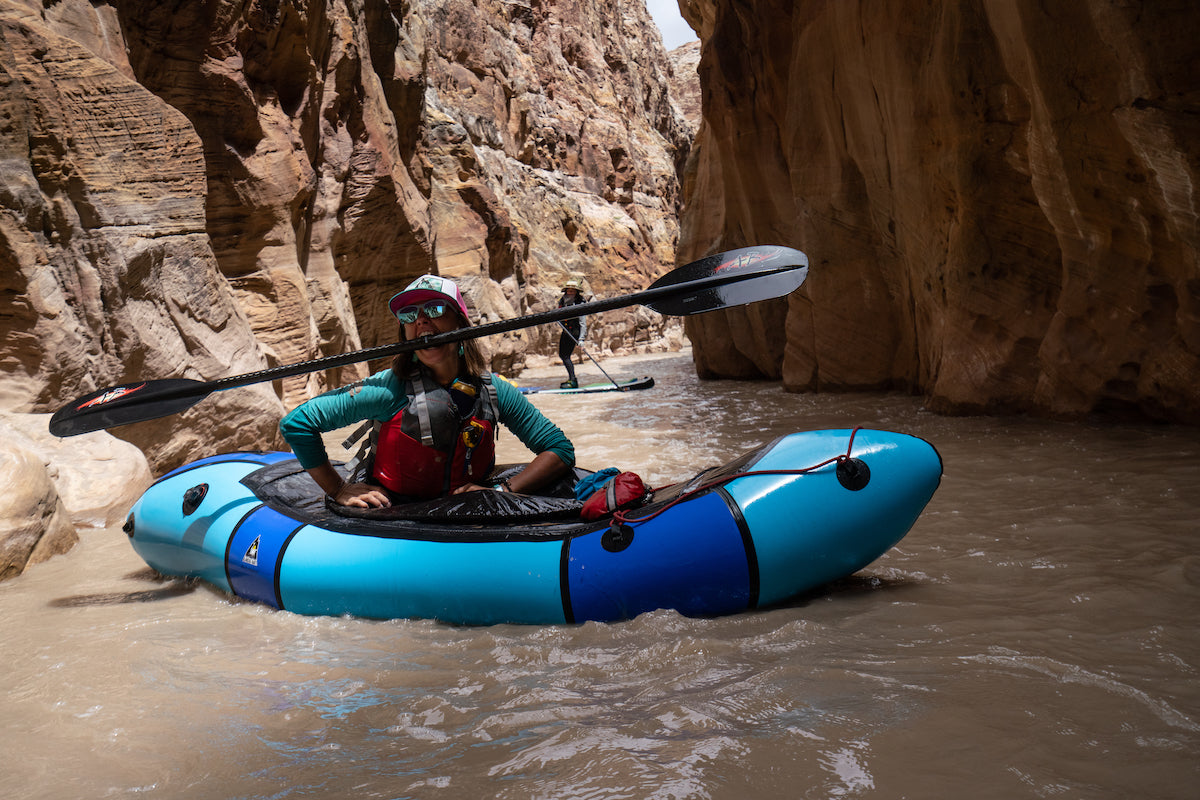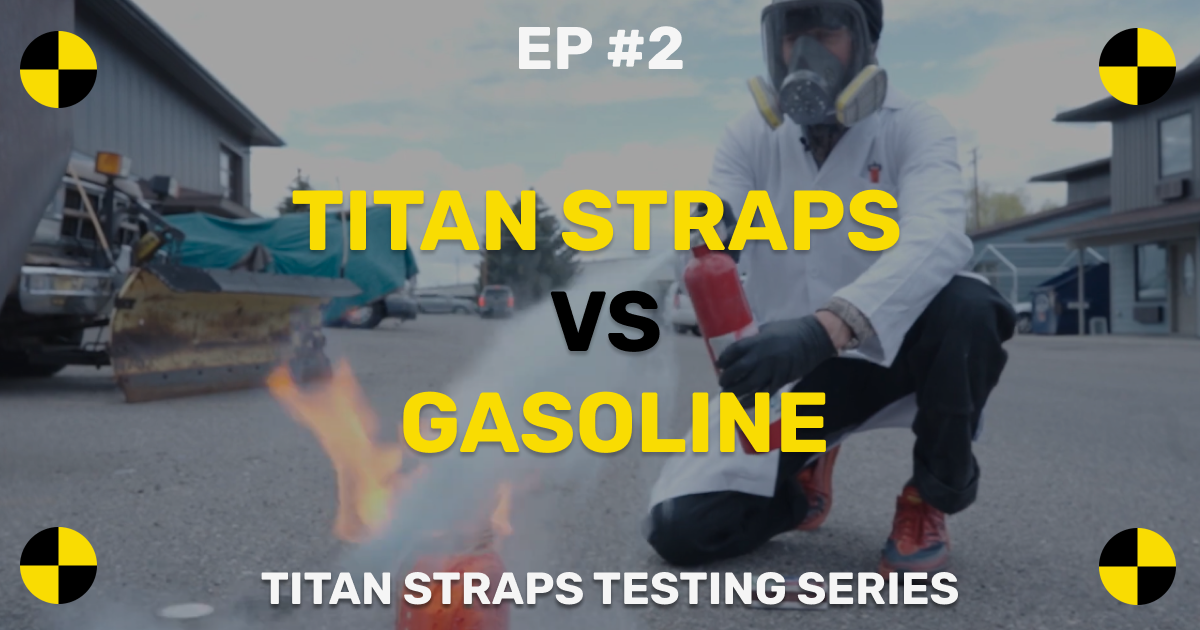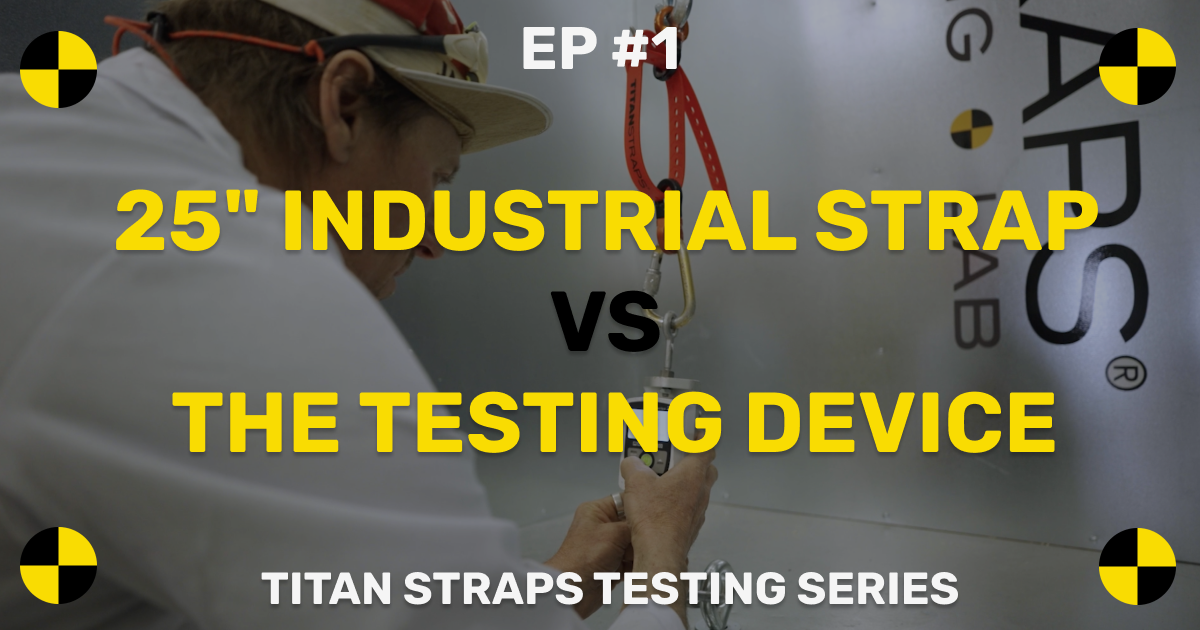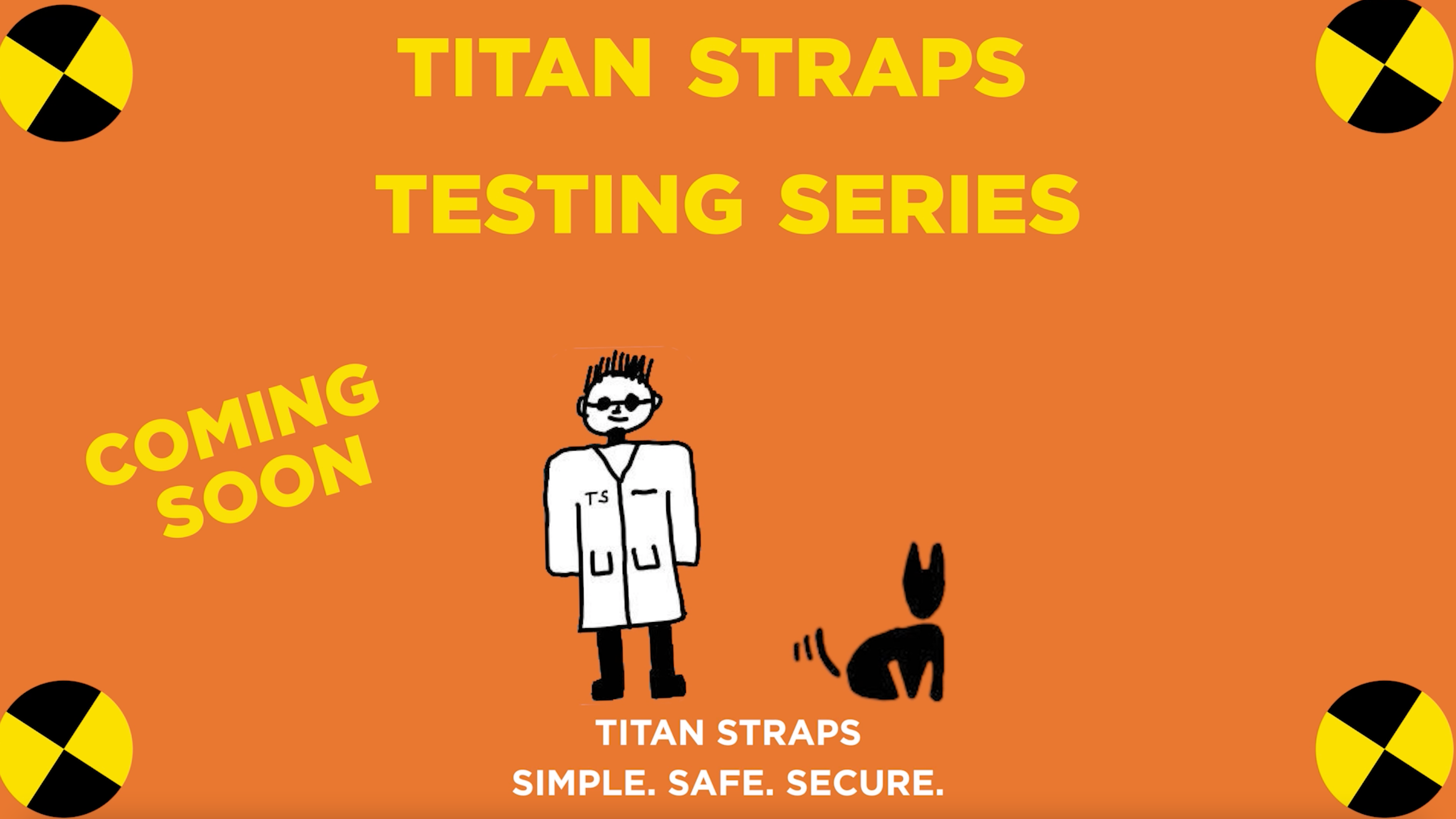Liz Sampey: a Q&A With Titan Straps’ First Ambassador
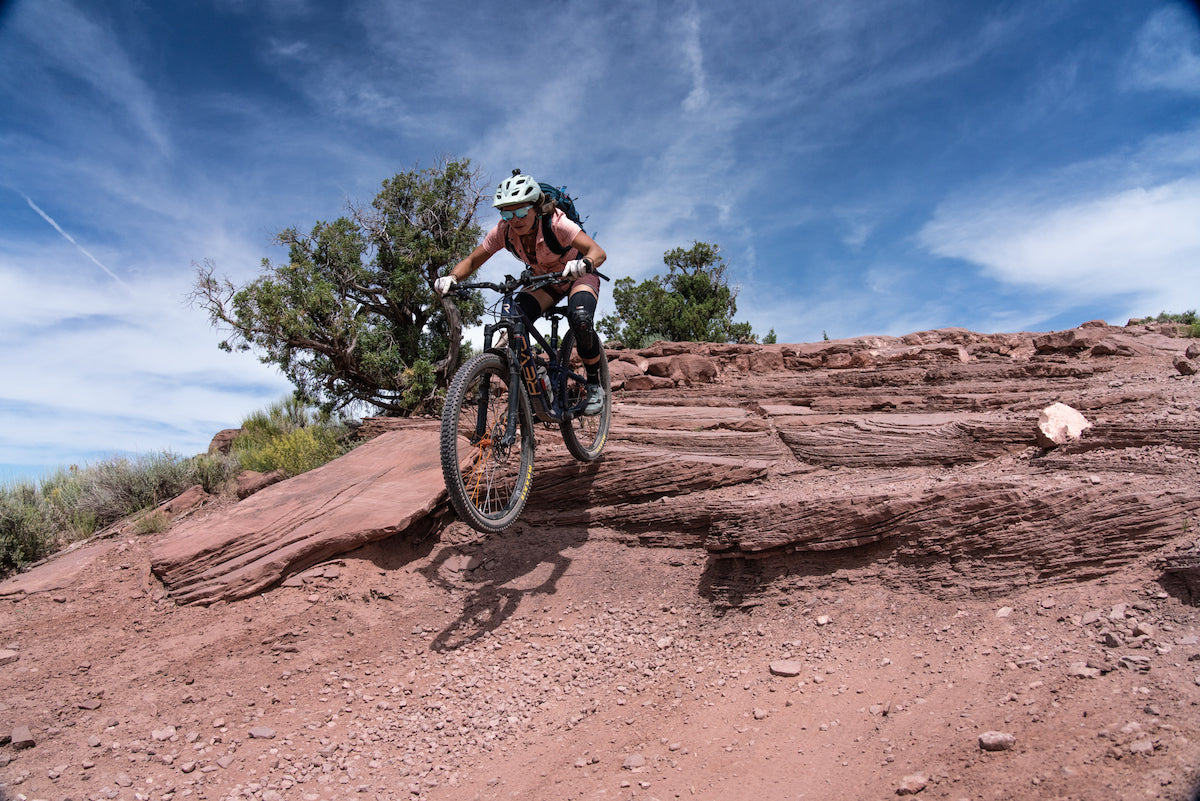
Titan Straps recently invited Liz Sampey to be one of its first ambassadors. The company launched its first ambassador team of multi-sport adventurers and people in construction and the trades (or both). Over the next three months we’ll be featuring Liz and two other team members, Steve “Doom” Fassbinder and Jon Yazzie. Each brings something super special to the world, from groundbreaking adventures to beautifully built container homes to mountain bike and bikepacking programs for youth in need. Today we’d like to introduce you to Liz, doctor of physical therapy, multisport adventure goddess and dirtbag van dweller. Mountain Flyer featured Liz in its summer 2022 issue.
By Lizzy Scully, photos by Steve “Doom” Fassbinder
“My Secret… It’s Not Suffering”
Adventurer Elizabeth “Liz” Sampey knows how to suffer. The first day she learned to walk, she pushed her stroller until her toes bled, leaving little bloody footprints on the ground. From then on, she didn’t stop moving, whether on skis, bikes, horses, packrafts or on foot.
She started racing in her twenties, on roads, down hills and cross country. And then she started bikepacking, winning bikepacking ultra-races (she holds the women’s record on the Arizona Trail Race 750) and embarking on wild multi-sport adventures pairing many of the sports she loves.
“Liz is super unique and creative,” says her partner, Dan Thurber. “Her athletic pursuits are her artistic craft, and she really loves finding unique ways to string sports and landscapes together.”
She’s circumnavigated Puerto Rico solo by fatbike and packraft. She and a teammate traversed from Pakistan through India to Nepal, likely becoming the first people to bikeraft the Indus River and packraft the Karnali. And she has a half dozen adventures planned just for 2022, her latest one being a ski-raft trip to Alaska (she’s leaving in just a few days!)
Liz Sampey claims she’s “not really good” at anything. We disagree and think she’s a total badass adventurer. And when she’s not being featured in podcasts or on Bikepacking.com, people are making films about her. Check out, “Racing Arizona.” We recently sat down with her to ask her a few questions about her life and career.
Q&A With Liz Sampey
How did you get into adventure and bikepacking?
I had followed bikepack racing for a long time: the Tour Divide and Colorado Trail Race. I always was like, “I’m never going to do that!” But then I moved to Gunnison and met Jefe [Branham], my hero for a long time. He became my friend, and all of a sudden bikepacking didn’t seem so out there. We had coffee and started talking about bikepack racing.
Not long after, I moved to Guatemala, I didn’t have a car. Public transportation was great, but there was only so far I could get. So I would do these long bike rides from my house and a lot of night riding. One day a friend [Brendan James] and I decided to just go bikepacking. We didn’t have any bags, so we tied as much shit as we could to our bikes with bailing twine and threw everything else in a backpack. That trip was awesome… combining the adventure element of backpacking and backcountry skiing and transferring it to the bike.
How did things progress from there?
We then decided to bikepack four different volcanoes in Guatemala. We had a sastre (seamster) make bags out of cardboard mockups. My kit was so heavy!
The next year we pioneered a new single track route in Peru’s Cordillera Negra and Blanca–50 days across the Peruvian Andes. We started from the ocean and then looped back around, piecing together little breaks and lines across the mountains. We’d ride to villages and ask the locals, “can we pass with a bike?” We figured if the Inca women could ride their horses there to tend their sheep, then we could take our bikes there. Sometimes we’d carry our bikes for hours. Other times we’d find a gem and we’d be riding this amazing high alpine single track.
When did you start adding other sports to your cycling missions?
I discovered packrafting in 2017. I had put together a trip with a friend of mine to bikepack in Alaska, but we decided we needed to use packrafts to cross a couple rivers. As the route evolved, it turned into paddling six days of big water Class II+. I had never paddled whitewater in my entire life, or even been on a commercial raft trip. Whitewater terrified me. But then I planned myself into a trip where I needed to learn.
So I spent a month in Alaska learning how to paddle. I did a free women’s packrafting clinic, and then hired one of the instructors to do a couple private days on the water with me—teaching me how to paddle, read rivers, and to be a packrafter and not die. Then I put my bike on my boat and did the expedition.
We circumnavigated the Kenai Peninsula via bike and capped that off with packrafting six days on the Chitna and Copper rivers, my first introduction to bikerafting. The river was big, amazing and terrifying. It opened my eyes to how powerful rivers are. I never felt that much power in my entire life. And it also opened my eyes to the fact that river travel can take you places no other type of travel can. That got me hooked on packrafting.
But I also realized I was way in over my head and could have died. So I decided I needed to learn more about paddling and packrafting. I started to seek out other packrafters I could learn from: Doom, Roman Dial, Luc Mehl… I read their stories and looked at the ways they would do things. And then I decided my next bikerafting trip would be in warmer water!
What drives you when you’re racing?
I like winning. Whenever I pull up to a start line I know it’s possible. I always strategically think about how I can win a race. I had a coach who always told me, “Liz, don’t give up. Keep going. Anything can happen.” That became my mantra. And once, I was racing short track with all these much faster athletes. I was in the middle of the pack when there was this big kerfuffle and six riders went down. I was able to make my way around the crash. And all of a sudden I was in second.
With bikepacking it’s more about, “how can I potentially set a new record?” It is a motivator for me, but more like a fun motivator. I enjoy strategizing. I enjoy learning how to get the best performance from myself.
How do you keep going when things are difficult?
It doesn’t take a lot for something to bring me joy even when my life is terrible. Last fall, when shit was really bad with my brain injury and I didn’t have any work, Jeff and I would jump on a video call and talk about this upcoming expedition in Alaska. It made me so happy to get on Zoom with him and look at maps. I just feel like I have the ability to find moments of joy even when things are hard. And so that’s probably why. I don’t know if that contributes to my happiness overall. Maybe it’s why I’m still alive.
You seem to have a high tolerance for suffering?
A lot of people might say that I’m good at suffering, and I’ve been accused of that. I think my secret is, to me it’s not suffering. I’ve just been wired like this since I was born.
What’s one piece of personal advice you have for readers?
So many people tell me, “I could never do what you do.” But you really can. I’m just a farm girl from Minnesota. I’m not an elite athlete. I didn’t come from money. I just wanted something and went for it. Just like when I was a kid. Maybe that’s extraordinary… that I’ve figured out ways to make the life that I’ve wanted happen even if it’s unconventional.
What’s one key tip Liz Sampey has for aspiring multi-sport adventurers?
One thing that I only recently learned is that you should not attach your bike to your boat with a really stretchy strap like a bungee. Use something less stretchy and stronger instead, like Titan Straps. I didn’t really understand this until Dan told me [Dan Thurber is a swiftwater safety instructor]. When you do any type of rope attachment system, you only want one part of the system to be flexible, and the other part should be static. When I first started bikerafting I used bungees, and the bike moved around and it was harder to get it in the right place. My bike always seemed unstable. It is, of course, because the packraft is the unstable structure. Using straps made a huge difference. My bike was way more secure.
Want to learn more about this badass athlete? Follow Liz Sampey on Instagram.
